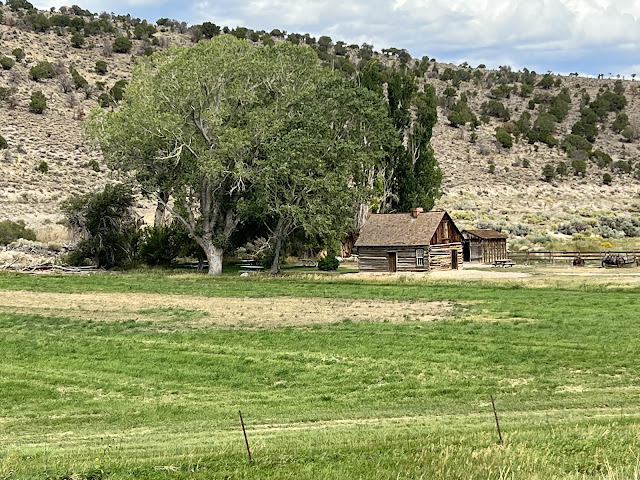“Mandan” is an important name in N.D. history
From Minneapolis we headed due west, overnighting in Detroit Lakes and driving the next day to Bismarck, ND.
About an hour’s drive north is one of the Knife River Indian Villages, once the home of the Mandan & Hidatsa tribes. After Lewis & Clark left St Louis in 1804 the explore the newly acquired lands known as the Louisiana Purchase, they traveled 1600 miles up the Missouri River to its confluence with the Knife River. There they decided to build a fort in what is now Washburn, ND, to protect themselves through the winter of 1804-1805. They named it “Mandan” in honor of the Native American tribe who inhabited the area nearby in what is now Stanton, ND. Both the Mandan and Hidatsa tribes were agrarian; they hunted buffalo and other game as needed, but raised the “3 Sisters”, corn, squash and beans in large gardens, and in great quantities, next to their permanent earth-mounded homes. As a result, they developed trading relationships with more hostile tribes, trappers, and other newcomers who needed vegetable crops to supplement their food resources.
Louis & Clark built warm relations with the tribes beyond just trading, ultimately leading to the Mandan leaders’ guaranteeing the safety and welfare of the expedition participants through the harsh winter months. A French Canadian trapper named Toussaint Charbonneau, who lived with the Hidatsa and was married to Sacagewea, came to the fort looking to offer his services as an interpreter for the expedition on its travels when it left again in the spring. He was ultimately hired and the couple were invaluable in assisting and protecting the group throughout the journey west.
These tribes may have once totaled around 50,000 people. Smallpox and other diseases, wars, and hunger dramatically reduced their numbers to what some estimate as few as 1,000 survivors today. A hut has been recreated on the village site and the location now has an interpretive center and is a National Historic site. The location of the former homes is now visible only as round mounds where the earthen lodges collapsed decades ago. Each of the lodges was 30-60 feet in diameter and could hold 20 extended family members or more.
Ft Mandan, Washburn ND. This is a model of the fort that Lewis & Clark occupied during the winter of 1904-1905. The original location was about 2 miles up the river, but was long ago overtaken by the changing river channel and is now under water.
Then 3 miles south in Washburn is the Lewis &Clark Interpretive Center. It is closed now due to a lack of personnel to staff it. (We are running into this issue more often, sadly.)
The next day we drove south to Mandan, ND to the Ft Abraham Lincoln State Park. Ft Lincoln is historic for three things. First, it was another early location of a Mandan settlement. Second, it became the home of the 7th Cavalry and its commander, General George Armstrong Custer, who later received his final “haircut” at the Little Bighorn in southeast Montana. And finally it served as the home of an infantry unit that established protective guard posts on the hills overlooking the former village and fort in order to protect railroad construction through central North Dakota.

The Custer House has been reconstructed to show how the General lived while serving as the Base Commander at Ft Lincoln.
Some Mandan Indian lodges have been constructed on the Park site to show how these homes looked centuries ago. This settlement was originally built on a sloped hillside, hence the name “Slant Village”. It had natural protection due to a deep 30’ ravine on one side and very steep cliffs facing the river. So the only defensive structure necessary to be constructed was a stockade fence on the unprotected area facing the hill behind the village.
The last use of this land was as an Infantry post to protect Union Pacific Railroad workers building the western route.
In the 1930’s Ft Lincoln housed the (Depression era) Civilian Conservation Corps workers who rebuilt infrastructure across much of the United States. In addition to building structures at this Fort, they worked all over North Dakota. Later, these same young men (all single men 18-26 years old) became top recruits for the Army for service in WWll, since they were already accustomed to semi-military style discipline and were very physically fit. This monument recognizes their contributions.
In the afternoon we stopped in Bismarck at the North Dakota Heritage Center & State Museum, which houses many natural history items (think dinosaurs), in addition to historical items and displays that cover the evolution of the North Dakota territory from the Native American period forward.
War, and the “relocation” of Native Americans that followed, took a terrible toll……….
Next, on to Montana.


















































Great trip, thanks for sharing!
ReplyDeleteSo much history to take in. You're doing a great job. Thank you!
ReplyDelete